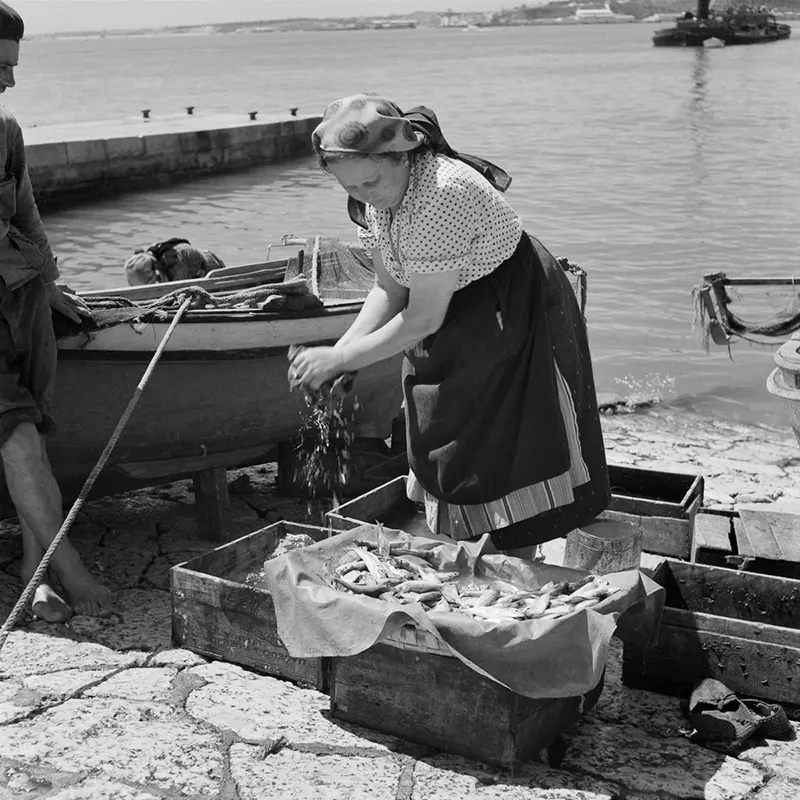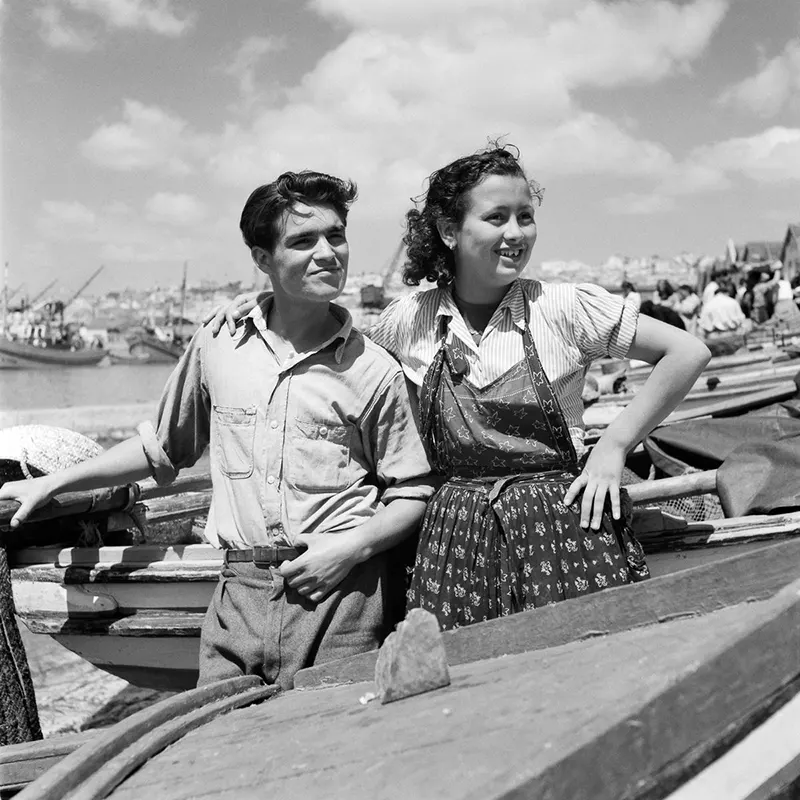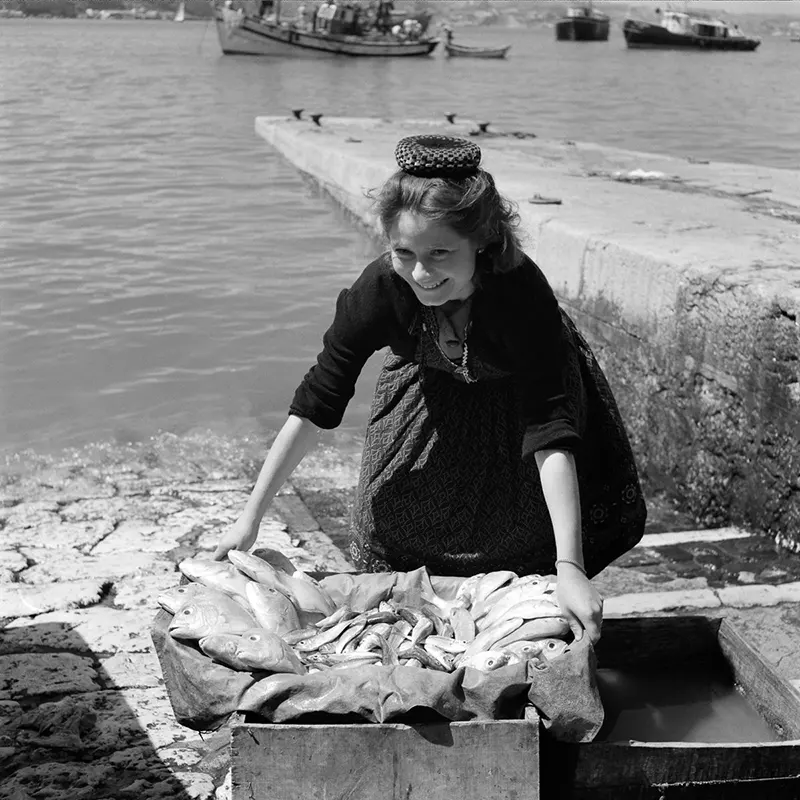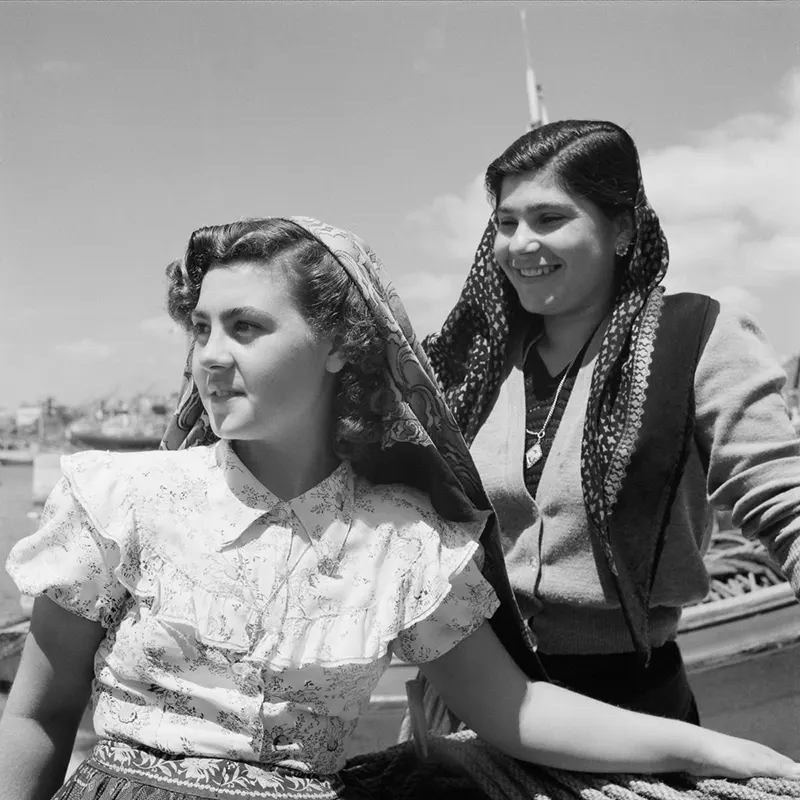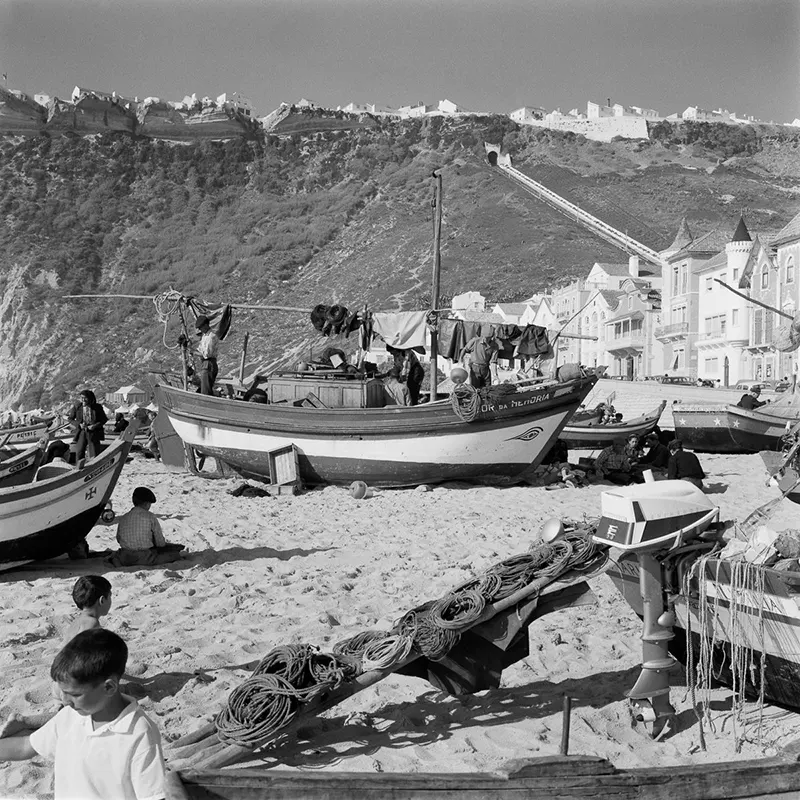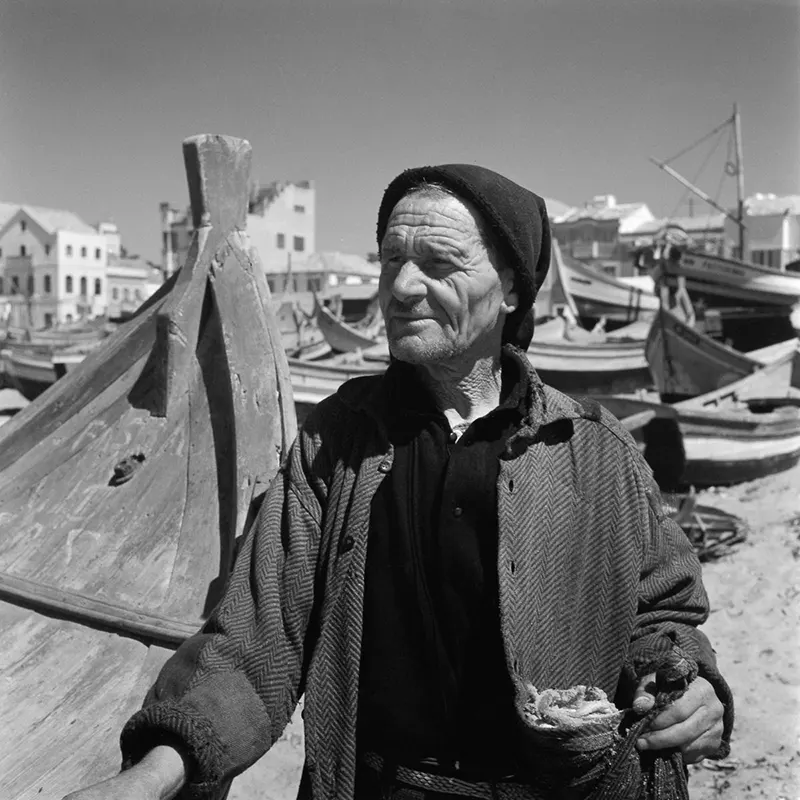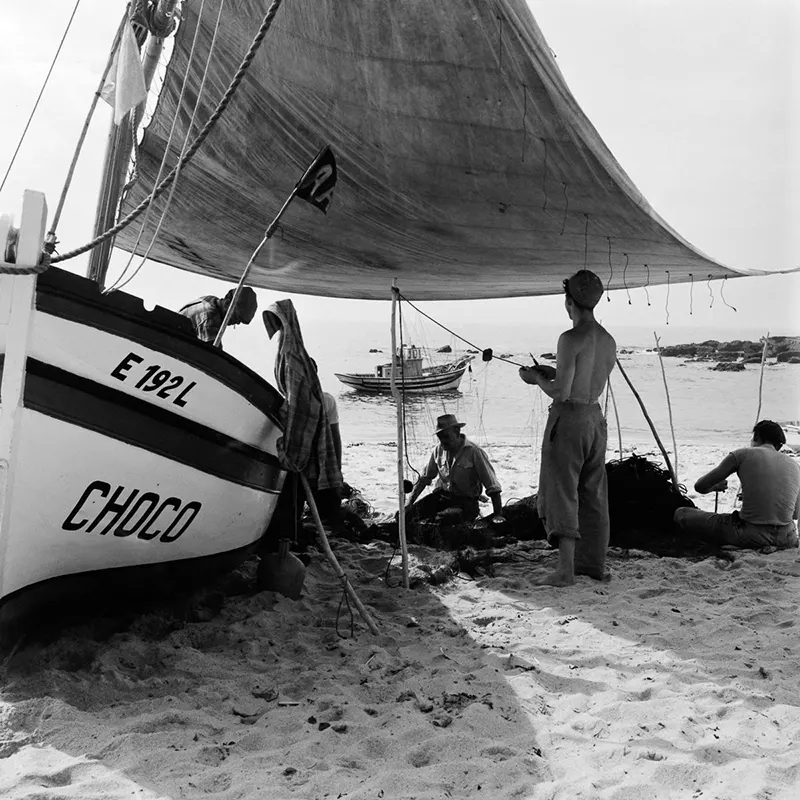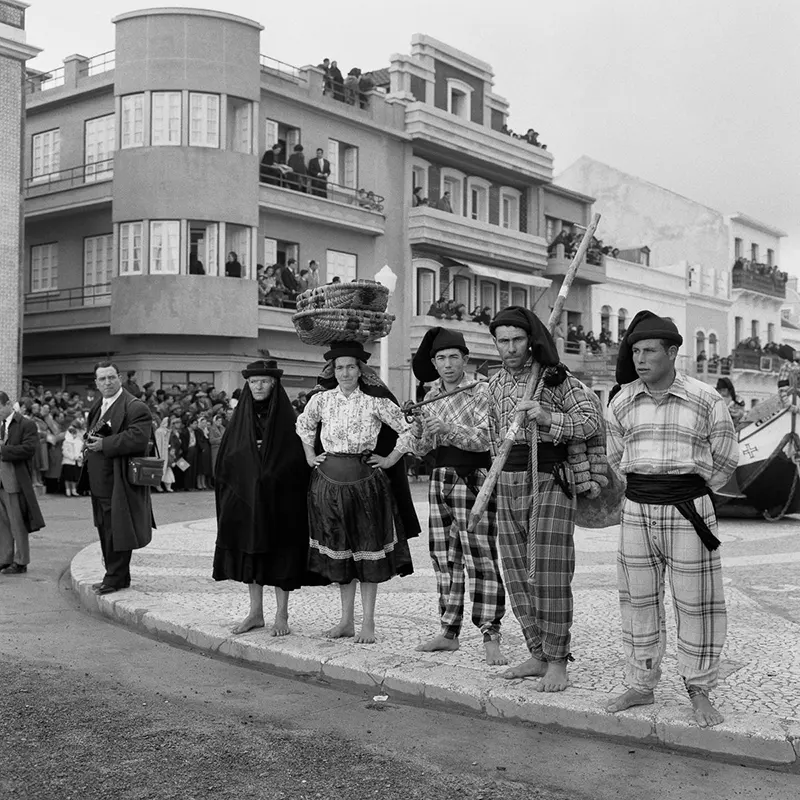Fishing has been a major economic activity in Portugal since Roman times. Roman ruins of fish processing facilities were found across the Portuguese coast. Garum (a type of fermented fish sauce) of Lusitania (present-day Portugal) was highly prized in Rome and it was shipped directly from the harbor of Lacobriga (present-day Lagos). The fishing and fish processing industry was so important in the territory that ruins of a former Roman garum factory can be even visited today in the downtown of Lisbon’s old quarter. In these traditional fishing villages, men dressed in checkered clothes and long wool hats fished from 15-foot open boats called saveiros, using spotlights and bait to lure the fish. The saveiro is an open boat used to catch mackerel and horse mackerel through traditional fishing gears called “arte de Sacada” and “lancha de Sacada”. This traditional and obsolete fishing gear uses a kind of seine nets launched between two boats, a saveiro and another little open boat, designed to catch mackerel and horse mackerel with the help of a spotlight and sardine bait. The saveiros usually had a lateen sail (triangular) or, less common, a square sail (carangueja, portuguese name). Its construction, although primitive, aimed to maximize the boat’s aerodynamics, seaworthiness, and stability.
(Photo credit: Biblioteca de Arte Fundação Calouste Gulbenkian / Mashable). Notify me of new posts by email.
Δ Subscribe



